Catalonia: Key dates in fight for independence
Prime Minister Mariano Rajoy, refuses to negotiate greater budgetary autonomy
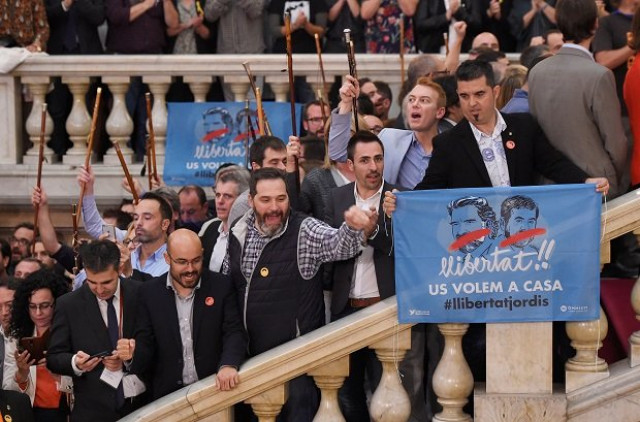
PHOTO: FILE
But the separatist drive has been years in the making. Here are the key dates in the push for independence in Spain's wealthy northeastern region:
In March 2006 the Spanish parliament approves a new statute strengthening Catalonia's autonomy by increasing its fiscal and judicial powers, also describing the region as a "nation".
But in 2010, after an appeal from Spain's conservative Popular Party (PP) — then in opposition, now in power — the Constitutional Court rules that the use of the word "nation" has "no legal value".
Barely a quarter of Catalans want to pursue split from Spain
It also rejects a reference to Catalan as the "preferred language".
Hundreds of thousands of Catalans demonstrate.
In September 2012, on Catalonia's "national day", more than one million people demonstrate in Barcelona to call for their region to become a new state. This comes in the context of a severe financial crisis affecting the whole of Spain.
Several days later Prime Minister Mariano Rajoy, whose PP party has since come to power, refuses to negotiate greater budgetary autonomy with Catalan regional president Artur Mas.
In November 2014 Catalonia defies Madrid and presses ahead with a symbolic, non-binding referendum on independence. Turnout is just 37 percent, of which over 80 percent vote in favour.
In September 2015 pro-independence parties win an absolute majority in the regional assembly. In November all pro-independence lawmakers vote to start the process to secede, but the resolution is struck down by the Constitutional Court.
In January 2016 separatist Carles Puigdemont becomes the region's president.
Russia rubbishes Catalonia meddling claims 'hysteria'
Puigdemont announces in June a self-determination referendum for October but the Constitutional Court bans the vote.
As polling day approaches, Catalan officials are arrested, voting papers confiscated and large pro-independence demonstrations organised.
On the day of the referendum, October 1, security forces intervene, seizing ballot boxes in at least 100 polling stations. Images of police violence beam around the world.
Turnout is about 43 percent, of which 90 percent back independence, according to Catalan authorities.
Rajoy dismisses the referendum and King Felipe VI sternly denounces the independence bid, throwing his weight behind the national authorities' efforts to "ensure constitutional order".
Catalan lawmakers vote on October 27 to declare independence from Spain.
Madrid suspends the regional autonomy, ousts Puigdemont's separatist executive, dissolves parliament and calls regional elections for the end of the year.
On December 21 — with three separatist candidates for election in prison and five others, including Puigdemont, in self-imposed exile in Belgium — pro-independence parties win an absolute majority in the new regional elections.
Puigdemont is chosen as a candidate to lead Catalonia again, but the Constitutional Court rules he has to be physically present at a parliamentary session planned for January 30 to get him formerly appointed.
Spain issues arrest warrant for Catalan leader
With Puigdemont still in Belgium, the session is postponed at the last minute.
On March 1, after weeks of negotiations between separatist parties, Puigdemont announces he is abandoning his bid to return as Catalan leader, paving the way for someone else to be appointed president and autonomy to be restored.


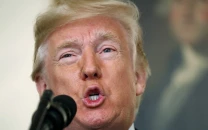
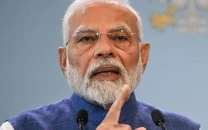
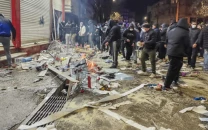
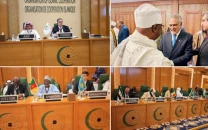
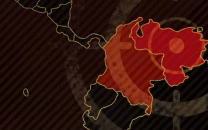












COMMENTS
Comments are moderated and generally will be posted if they are on-topic and not abusive.
For more information, please see our Comments FAQ